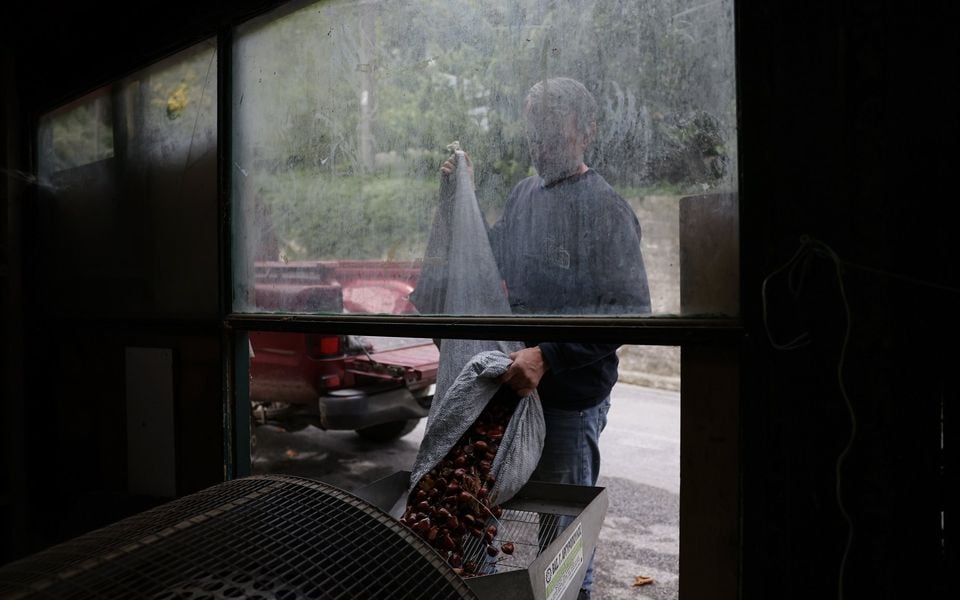On the eastern slope of Mount Pelion (Pilio), in the region of Magnesia, at an altitude of 700 meters, a few bends before the village of Kissos, Yiannis Papageorgiou uses a blower strapped to his back to remove fallen leaves from the ground,…

On the eastern slope of Mount Pelion (Pilio), in the region of Magnesia, at an altitude of 700 meters, a few bends before the village of Kissos, Yiannis Papageorgiou uses a blower strapped to his back to remove fallen leaves from the ground,…